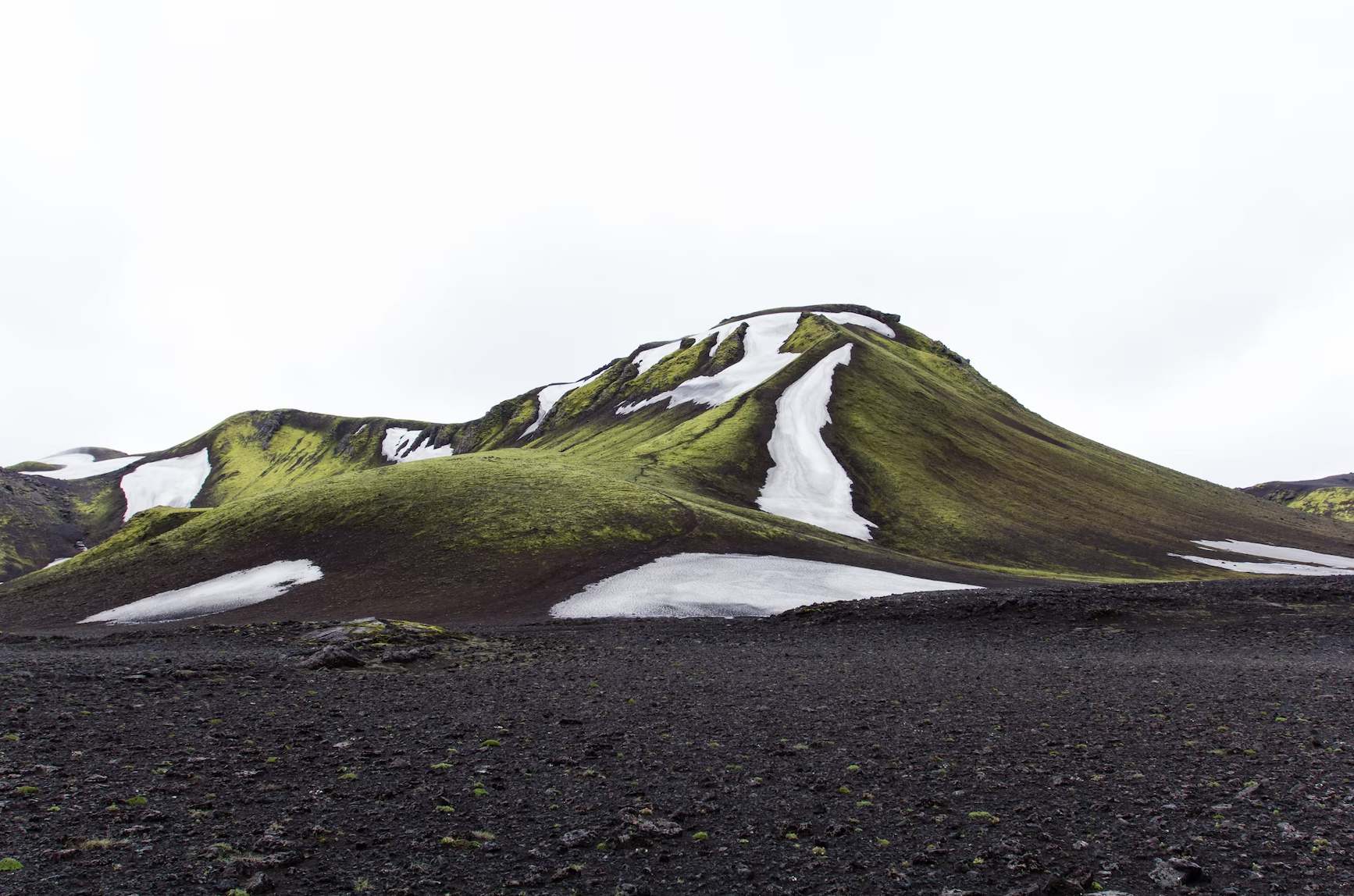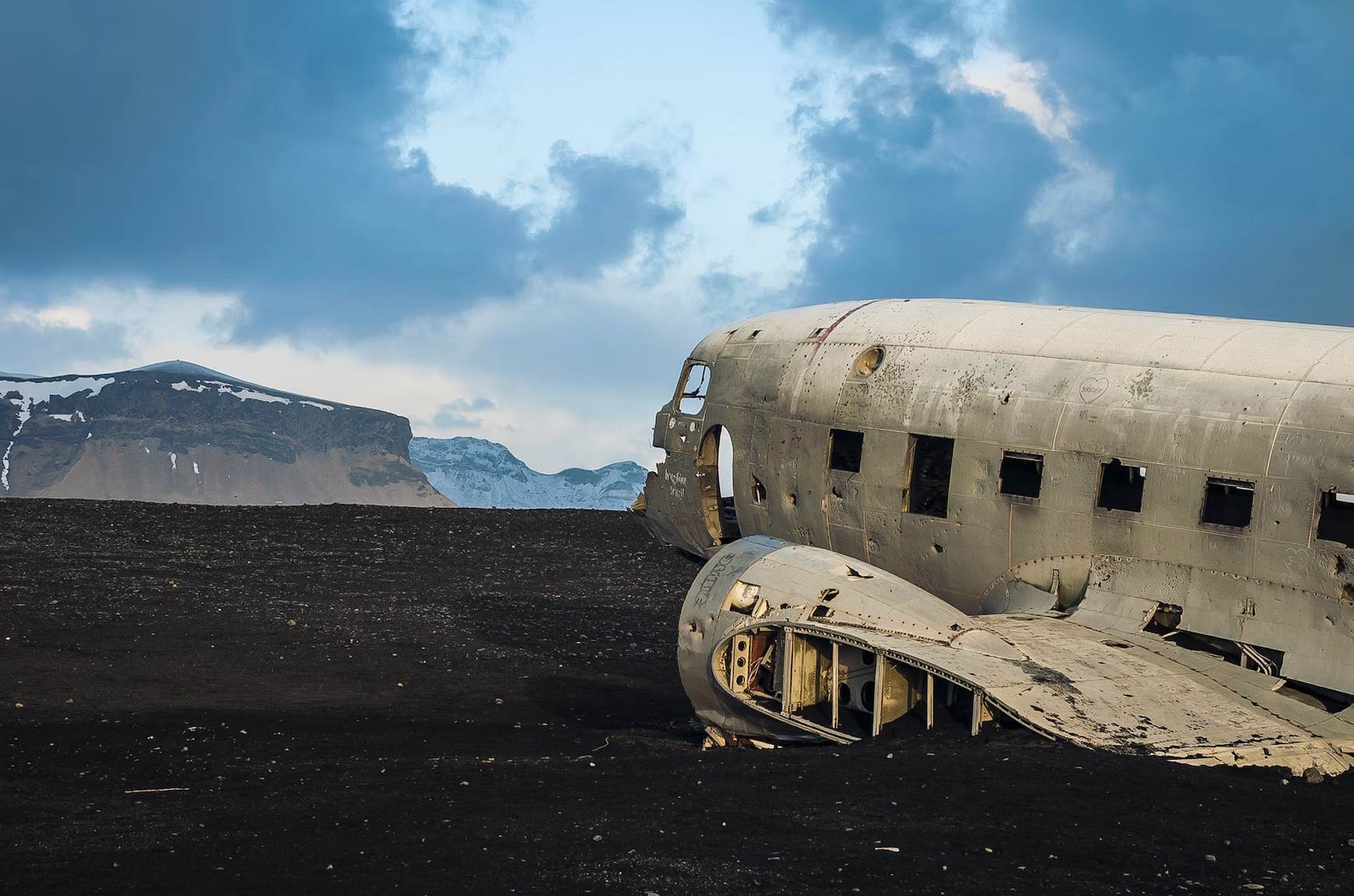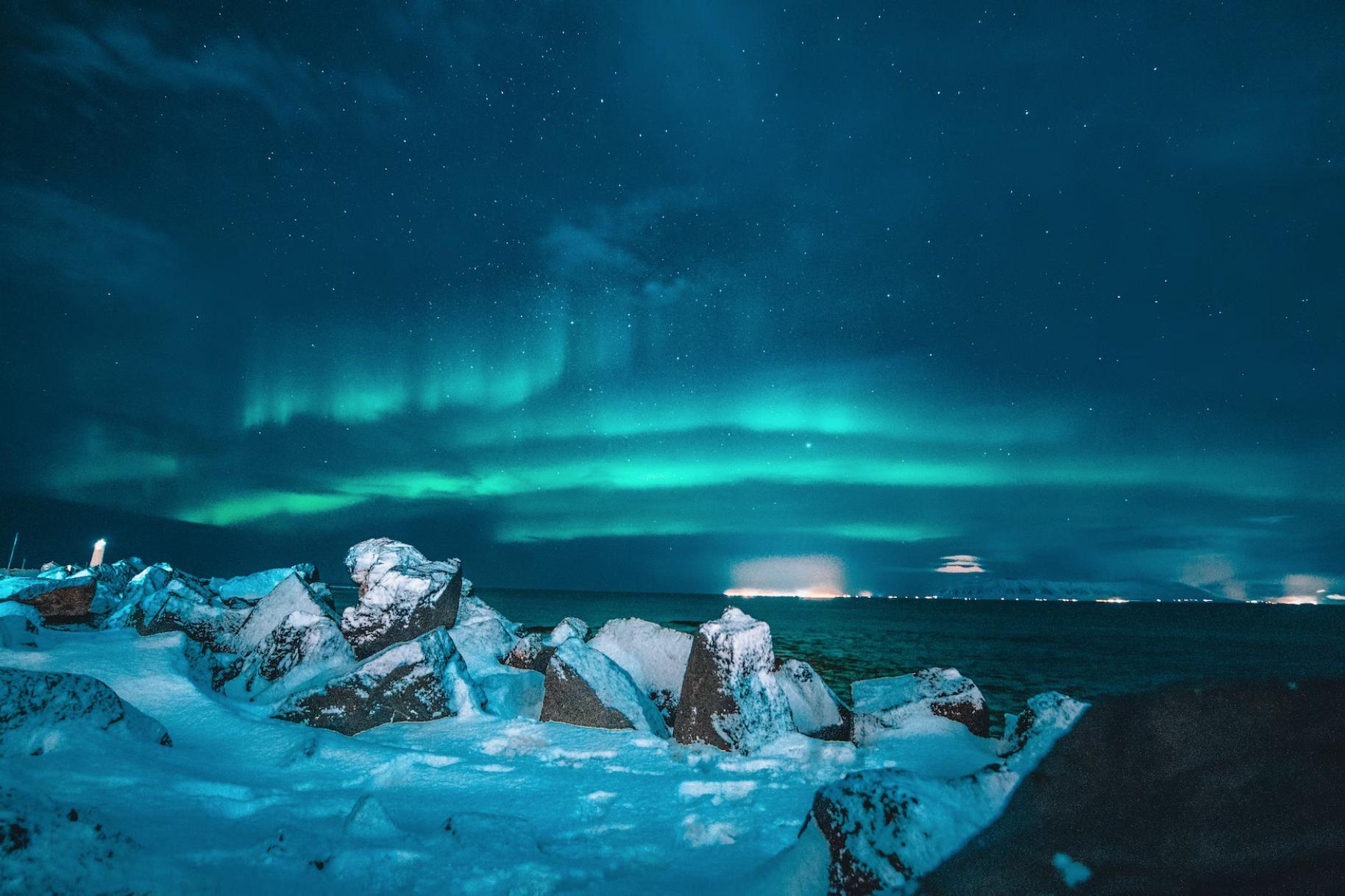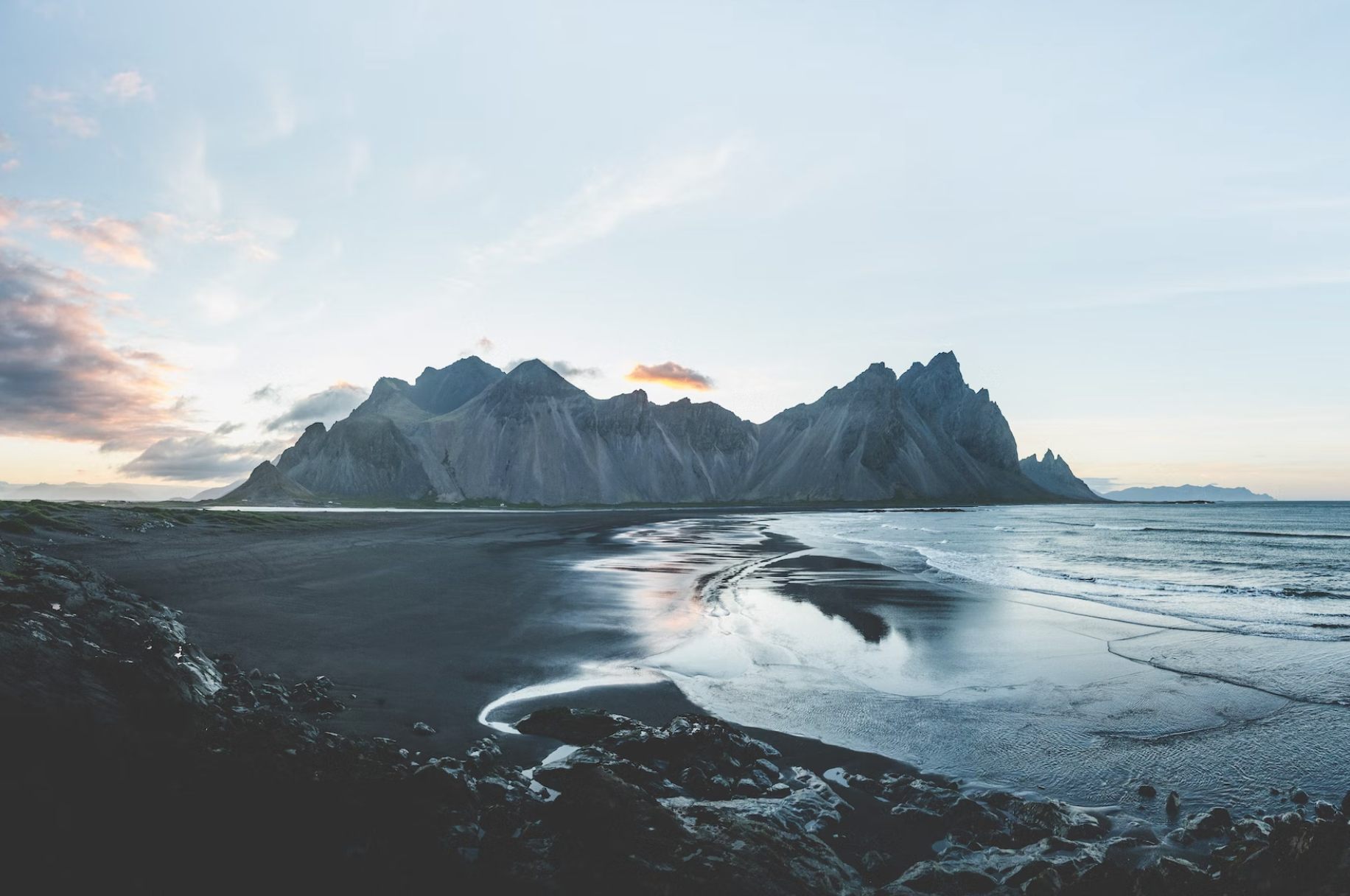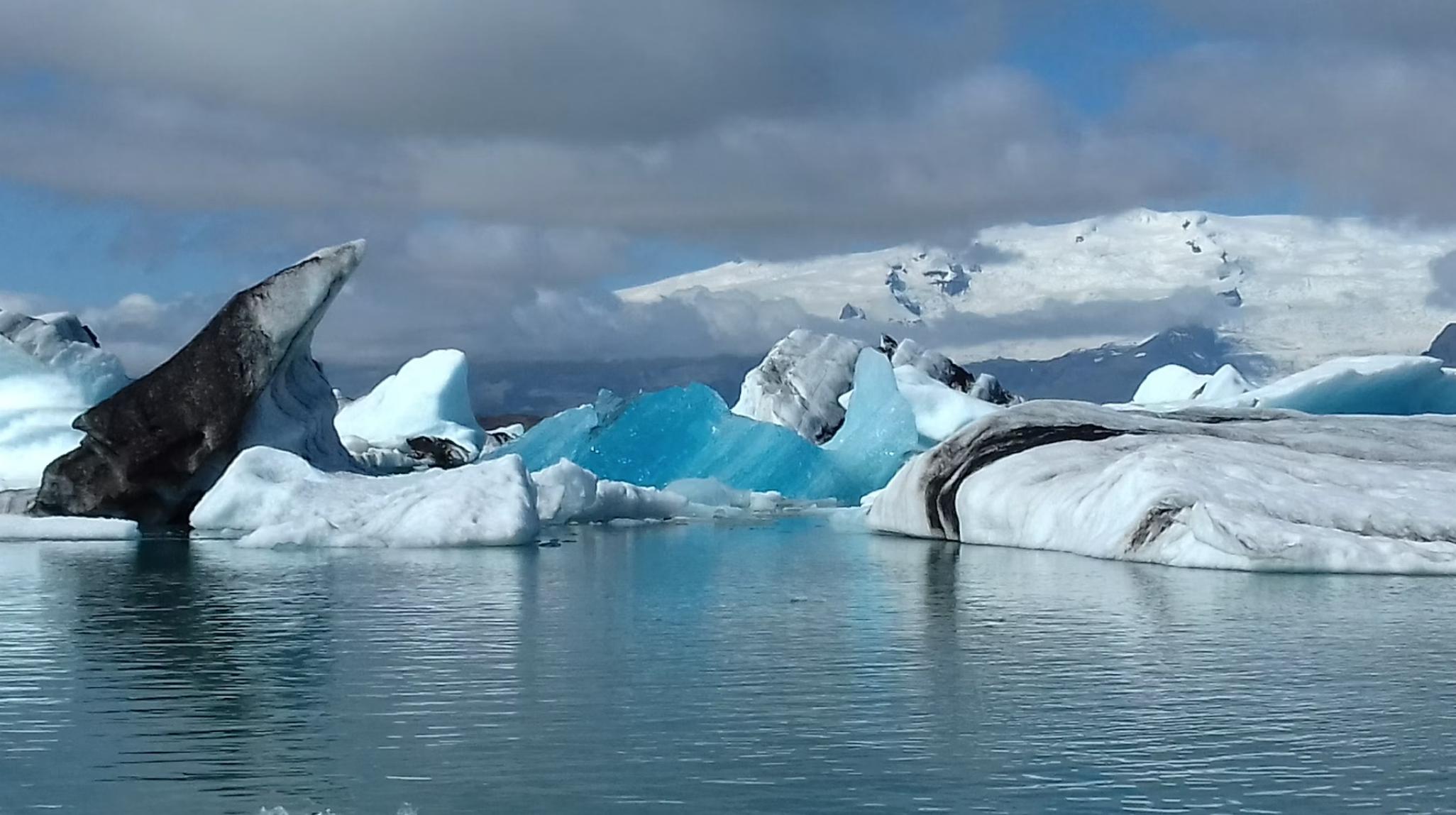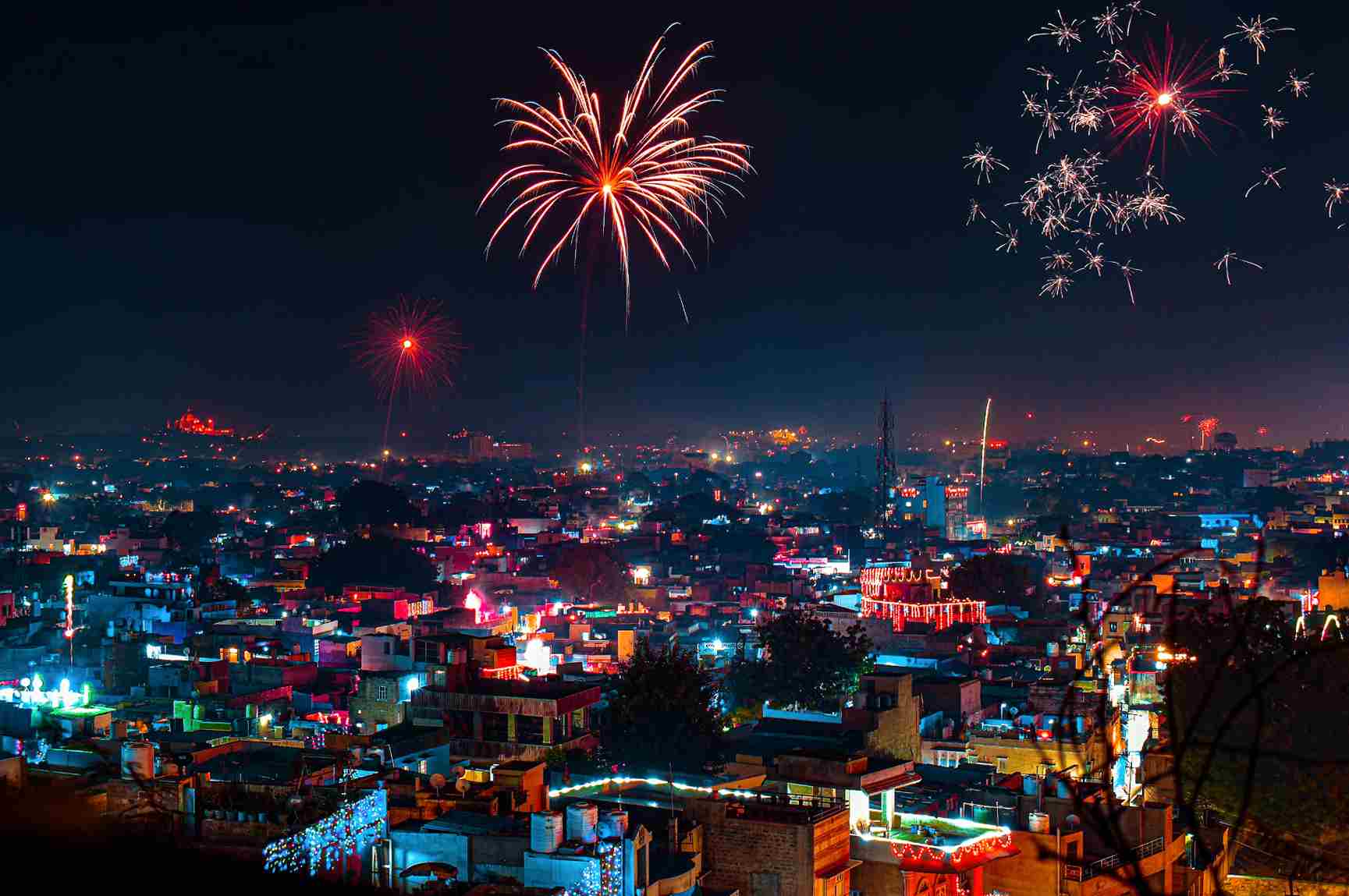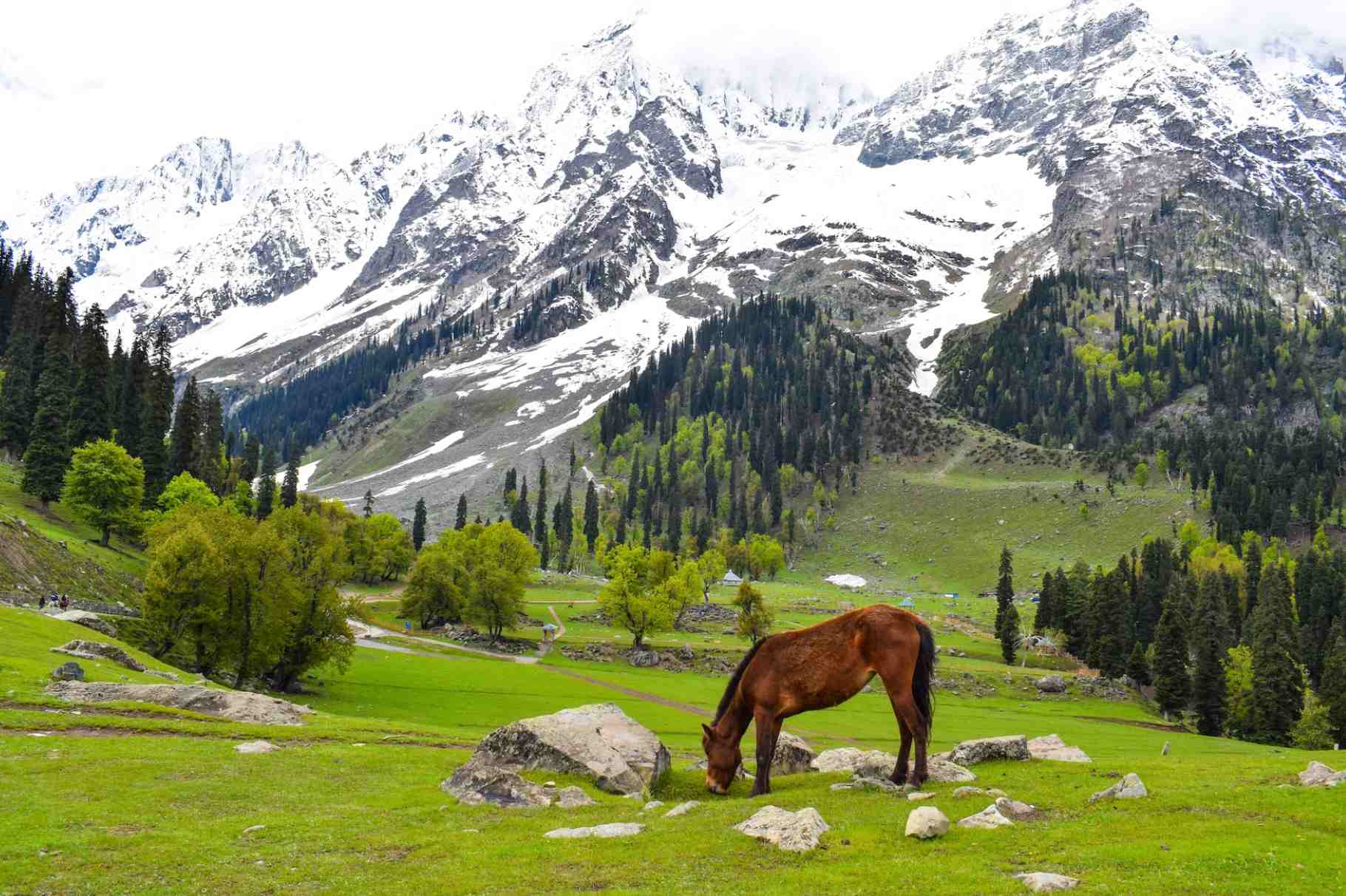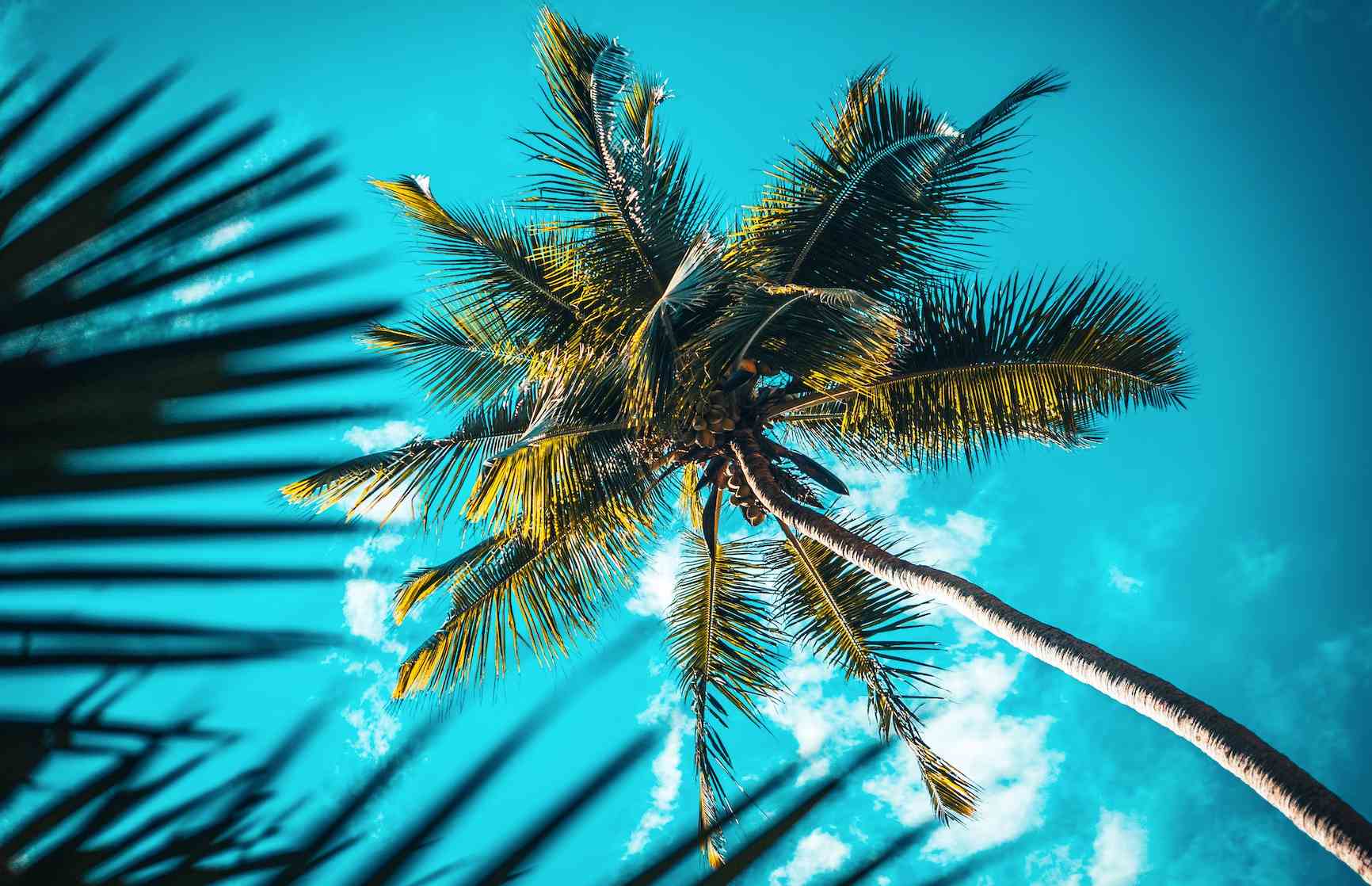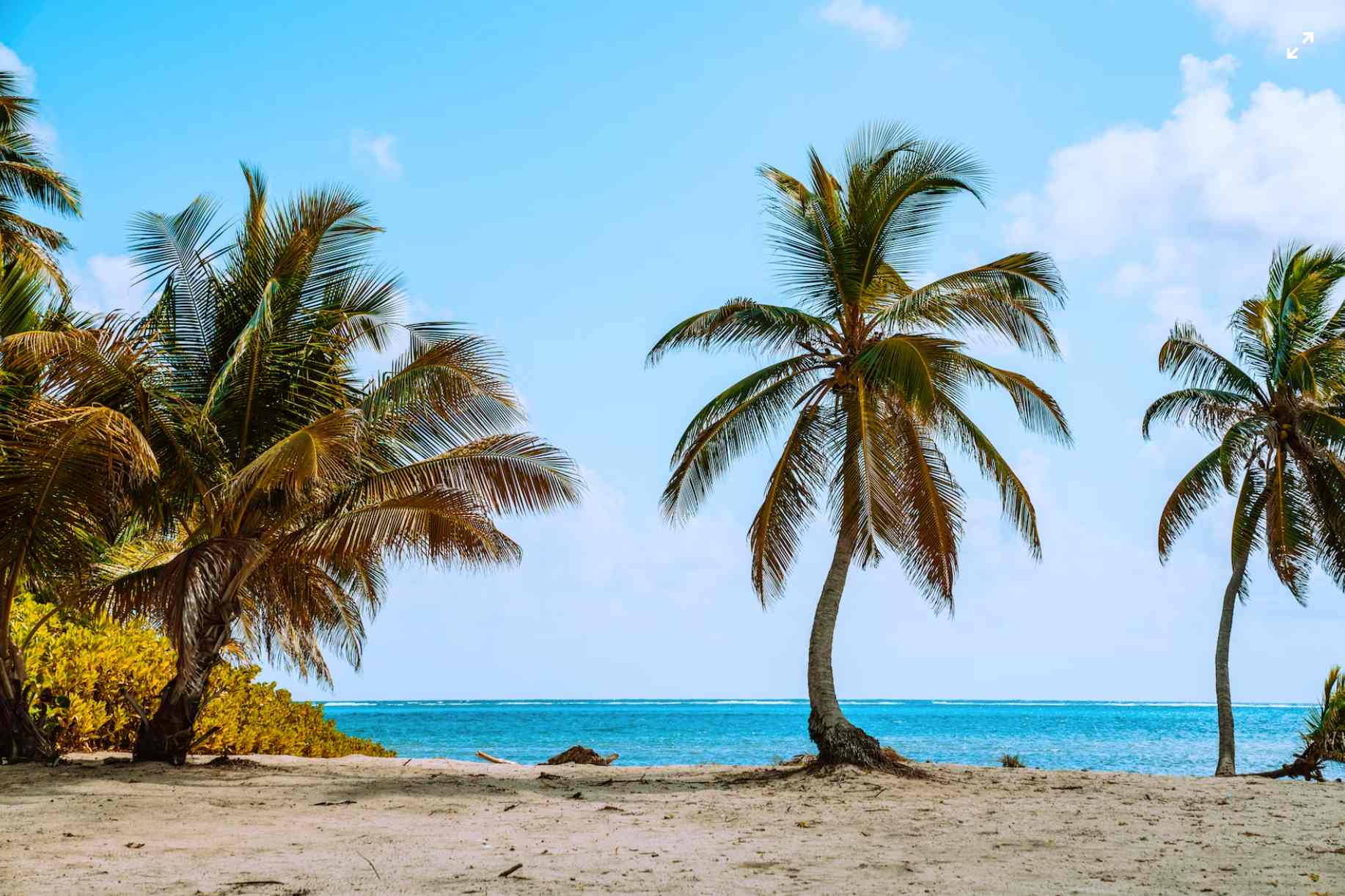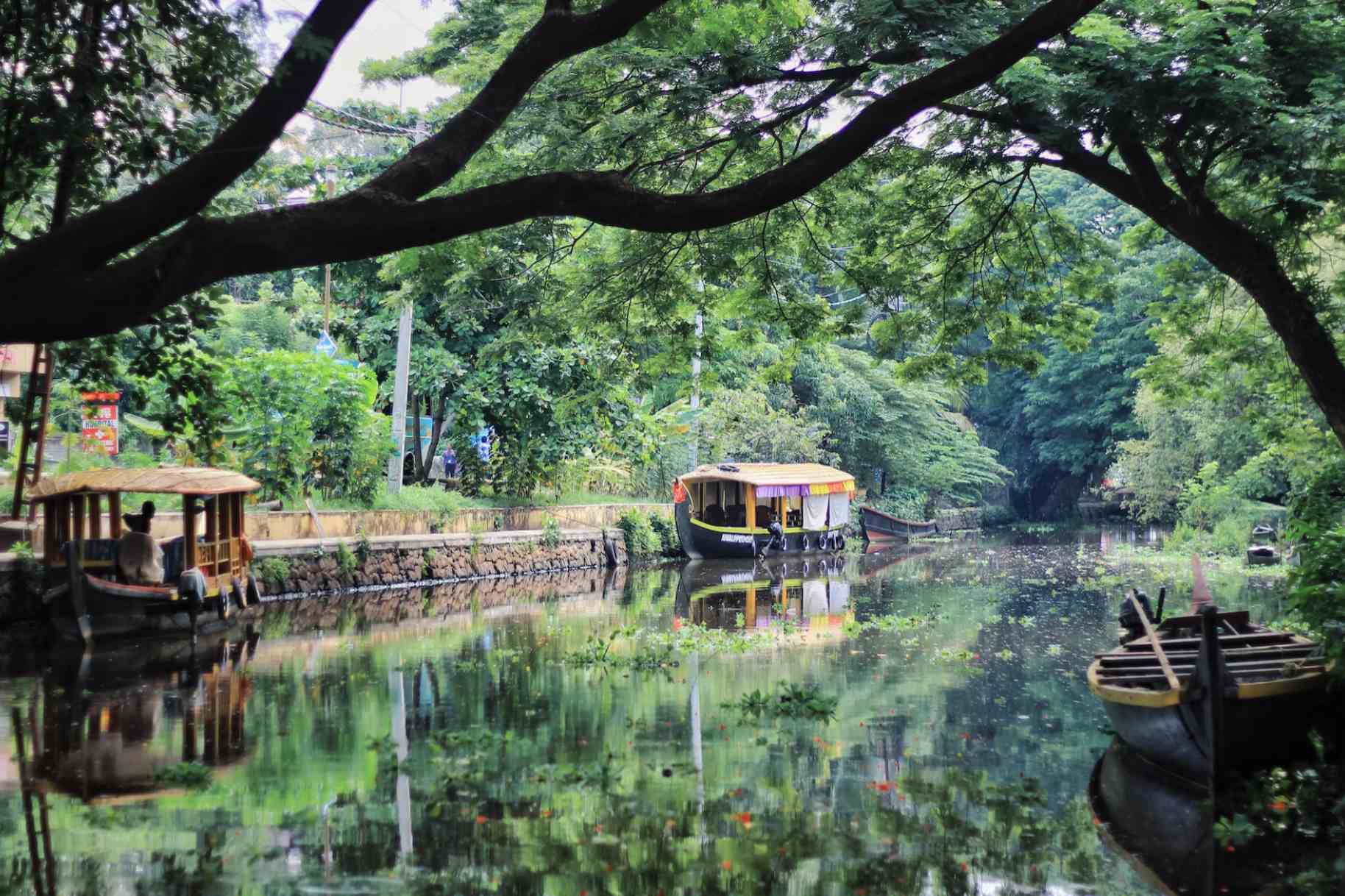Iceland road trip: The ultimate guide for a breathtaking adventure
Iceland is a country full of stunning natural beauty, making it the perfect destination for a road trip. From glaciers to hot springs, waterfalls to black sand beaches, Iceland has it all. In this guide, we’ll take you through the must-visit places, the best time to go, and tips for a successful road trip in Iceland. When to go to Iceland? Iceland's climate is influenced by its high latitude and proximity to the Arctic Circle. The best time to visit Iceland depends on your preferences and what activities you plan to engage in. Here's an overview of the seasons in Iceland:\ Summer (June to August): This is the peak tourist season in Iceland due to the milder weather and long daylight hours. The temperatures range from 10°C to 20°C (50°F to 68°F), with some areas experiencing occasional heatwaves. Summer is great for outdoor activities like hiking, exploring the countryside, and visiting waterfalls. It's also a good time for birdwatching and witnessing the midnight sun. Shoulder seasons (May and September): These months offer a balance between fewer tourists and decent weather. The temperatures start to cool down, ranging from 5°C to 15°C (41°F to 59°F). May can still have winter-like conditions, while September marks the beginning of autumn. Winter (October to April): Winter in Iceland can be cold and dark, but it has its own unique charm. The temperatures range from -5°C to 5°C (23°F to 41°F). Winter is the best time to see the Northern Lights (Aurora Borealis) dancing across the sky. You can also enjoy winter sports like snowmobiling and ice caving. However, keep in mind that daylight hours are limited during this season. Off-season (November to February): This period experiences fewer tourists, and accommodation prices are often lower. However, the weather can be unpredictable, with snowstorms and strong winds. Road conditions in rural areas can be challenging, and some attractions may be inaccessible. Ultimately, the best time to visit Iceland depends on your interests and what you want to experience. Consider the activities you're most excited about, your tolerance for crowds, and your preferences for weather conditions when deciding when to go. Must-Visit Places in Iceland? The Golden Circle The Golden Circle is a popular tourist route in Iceland that covers a circular loop of approximately 300 kilometers (190 miles) starting and ending in Reykjavík. It is a convenient and accessible way to explore some of Iceland's most famous natural and historical landmarks. Here's an overview of the main attractions along the Golden Circle: Þingvellir National Park: This UNESCO World Heritage Site is a historic and geological marvel. Þingvellir served as the site of Iceland's first parliament, the Alþingi, established in 930 AD. It is also where the Eurasian and North American tectonic plates meet, creating dramatic rifts and canyons. Visitors can explore the Almannagjá fissure, walk between the tectonic plates, and admire the beautiful Öxarárfoss waterfall. Geysir Geothermal Area: Located in Haukadalur Valley, the Geysir Geothermal Area is known for its erupting geysers and bubbling hot springs. The famous Strokkur geyser erupts every few minutes, shooting water up to 30 meters (98 feet) into the air. You can also witness various other geothermal features and colorful mineral deposits in the area. Gullfoss Waterfall: Translated as "Golden Falls," Gullfoss is one of Iceland's most impressive waterfalls. The Hvítá River cascades down two tiers, creating a breathtaking spectacle. You can admire the falls from different viewpoints, feeling the immense power and spray of the water. Friðheimar Tomato Farm: Although not part of the natural wonders, Friðheimar is an interesting stop along the Golden Circle. It is a greenhouse farm specializing in tomato cultivation using geothermal energy. You can take a tour, learn about tomato farming, and enjoy a meal at their restaurant, which features tomato-based dishes. Kerið Crater: Located near the town of Selfoss, Kerið is a volcanic crater with a lake at the bottom. The crater is around 3,000 years old and is well-known for its vivid red volcanic rocks and the vibrant blue-green water of the lake. You can walk around the rim of the crater or descend to the lakeside. The Golden Circle is a popular day trip from Reykjavík, and most of the attractions can be visited within a day. It offers a glimpse into Iceland's geological wonders, historical significance, and stunning landscapes. Whether you're interested in natural phenomena, cultural heritage, or breathtaking sights, the Golden Circle provides a memorable experience for visitors. The Black Sand Beach The Black Sand Beach, also known as Reynisfjara, is a famous and striking beach located on the South Coast of Iceland near the village of Vík í Mýrdal. It is known for its dramatic black sand, towering basalt sea stacks, and powerful crashing waves. Here's some information about visiting the Black Sand Beach: Accessibility: The Black Sand Beach is easily accessible from the Ring Road (Route 1), making it a popular stop for travelers exploring the South Coast of Iceland. It's approximately a 2.5-hour drive from Reykjavík. Unique Features: The black sand at Reynisfjara is composed of volcanic minerals and is the result of volcanic activity in the area. The beach is backed by basalt columns and Reynisdrangar sea stacks, which are towering rock formations rising from the sea. These natural formations create a visually stunning and otherworldly landscape. Safety Considerations: It's important to be cautious when visiting the Black Sand Beach due to the strong waves and unpredictable undertows. The Atlantic Ocean's currents can be powerful, and sneaker waves can unexpectedly surge onto the shore. Pay attention to the warning signs and always stay a safe distance from the water's edge. Sightseeing Opportunities: The beach offers several notable sights, including the Reynisfjara Cave, which you can explore during low tide. You can also hike up the nearby cliffs for panoramic views of the beach and the surrounding area. Wildlife: The Black Sand Beach is home to a variety of bird species, including puffins during the summer months. Keep an eye out for these charming seabirds nesting on the cliffs. Nearby Attractions: While visiting the Black Sand Beach, you can explore other attractions in the area, such as the Dyrhólaey Peninsula, with its iconic rock arch and stunning viewpoints, or the Mýrdalsjökull glacier, which is just a short drive away. The Black Sand Beach is a must-see destination in Iceland, offering a unique and striking natural landscape. Just remember to prioritize safety and be mindful of the powerful ocean conditions while enjoying the beauty of this extraordinary place. The Jökulsárlón Glacier Lagoon The Jökulsárlón Glacier Lagoon is a stunning natural wonder located in southeast Iceland. It is a popular tourist destination and definitely worth a visit. The lagoon is situated at the edge of Vatnajökull National Park and is formed by the melting of the Breiðamerkurjökull glacier, an outlet glacier of the larger Vatnajökull glacier. The best time to visit the Jökulsárlón Glacier Lagoon is during the summer months from June to August. During this time, the weather is generally milder, and the lagoon is accessible without any major road closures or restrictions. The long daylight hours of summer also provide ample time to explore and enjoy the beauty of the lagoon. In summer, the icebergs floating in the lagoon are usually larger and more abundant, creating a stunning landscape. You can take boat tours or go on a Zodiac tour to get up close to the icebergs and the glacier. The vibrant blue color of the icebergs against the backdrop of the surrounding mountains and glaciers is truly breathtaking. However, it's important to note that the Jökulsárlón Glacier Lagoon is worth visiting throughout the year. In winter, the lagoon takes on a different magical quality, with the icebergs glistening under the northern lights if you're lucky enough to witness them. Winter also offers opportunities for ice cave explorations nearby, which is a unique experience. Regardless of the season, make sure to check weather and road conditions before visiting the Jökulsárlón Glacier Lagoon, as conditions can change rapidly in Iceland. The Northern Lights If you’re visiting Iceland between September and April, you may be able to witness the Northern Lights. The best places to see the aurora borealis are away from city lights, so consider staying in a remote location. Here are a few online resources to help you spot the Northern Lights in Iceland: Icelandic Met Office: The Icelandic Met Office provides real-time aurora forecasts and cloud coverage maps to help you plan your Northern Lights viewing. Visit their website at: Icelandic Met Office Aurora Forecast Iceland: This website offers a simple and user-friendly interface to check the Northern Lights forecast in Iceland. You can access it at: Aurora Forecast Iceland Aurora Alerts: Sign up for Aurora Alerts to receive notifications via email or SMS when the Northern Lights are predicted to be visible in Iceland. Visit their website to subscribe: Aurora Alerts Remember that the Northern Lights are a natural phenomenon, and their appearance can never be guaranteed. Be patient, choose clear and dark nights away from light pollution, and keep an eye on the forecasts for the best chance to witness this mesmerising spectacle. South Coast: The South Coast of Iceland is a captivating region known for its diverse natural landscapes and stunning attractions. Here's an overview of what you can expect when exploring the South Coast: Waterfalls: The South Coast is home to some of Iceland's most famous and picturesque waterfalls. Skógafoss is a massive waterfall with a 60-meter (197-foot) drop, often accompanied by a vibrant rainbow on sunny days. Seljalandsfoss is another popular waterfall that allows you to walk behind the cascading water for a unique perspective. Black Sand Beaches: As mentioned earlier, the Black Sand Beach at Reynisfjara is a must-visit attraction along the South Coast. Its black volcanic sand, basalt sea stacks, and powerful waves create a dramatic and mesmerizing sight. Nearby, you can also explore the lesser-known black sand beach at Dyrhólaey, which offers fantastic views and the opportunity to spot puffins during the summer. Glaciers: The South Coast is home to several impressive glaciers. The Sólheimajökull glacier is easily accessible and offers glacier hiking and ice climbing tours for those seeking an adventure. Further east, you'll find the Vatnajökull glacier, the largest glacier in Europe. The glacier's outlet glaciers, such as Svínafellsjökull and Breiðamerkurjökull, provide opportunities for glacier exploration and ice cave tours. Unique Rock Formations: The South Coast features fascinating rock formations worth exploring. Dyrhólaey is a promontory known for its rock arch and panoramic views of the coastline. Reynisdrangar, the basalt sea stacks near the Black Sand Beach, are also intriguing formations rising from the sea. Lava Fields and Volcanic Landscapes: Traveling along the South Coast, you'll encounter vast lava fields and other volcanic landscapes. The area around the Eyjafjallajökull volcano, famous for its eruption in 2010, provides a glimpse into Iceland's volcanic activity. Charming Towns and Villages: The South Coast is dotted with charming towns and villages where you can immerse yourself in local culture. Vík í Mýrdal, a small village near the Black Sand Beach, offers amenities and services for visitors. Further along, the town of Höfn is known for its delicious seafood, especially langoustines. The South Coast of Iceland offers a wealth of natural wonders, making it a popular and rewarding destination for travelers. Whether you're captivated by waterfalls, black sand beaches, glaciers, or volcanic landscapes, the South Coast has something to offer for every nature enthusiast. Snæfellsnes Peninsula: The Snæfellsnes Peninsula is a beautiful and diverse region located on the western coast of Iceland. It is often referred to as "Iceland in miniature" due to its varied landscapes and natural wonders. Here's an overview of what you can experience when visiting the Snæfellsnes Peninsula: Snæfellsjökull National Park: The highlight of the peninsula is Snæfellsjökull, a glacier-capped stratovolcano that stands at the park's center. The glacier is famous for its appearance in Jules Verne's novel "Journey to the Center of the Earth." The national park offers stunning hiking trails, lava fields, and breathtaking views of the surrounding coastline. Kirkjufell: Known as "Church Mountain," Kirkjufell is an iconic landmark on the Snæfellsnes Peninsula. It is a cone-shaped mountain located near the town of Grundarfjörður. Kirkjufell is a popular photography spot, especially when captured with the nearby Kirkjufellsfoss waterfall. Coastal Villages: The Snæfellsnes Peninsula is dotted with charming fishing villages and towns. Arnarstapi and Hellnar are picturesque coastal settlements known for their stunning rock formations, sea cliffs, and coastal trails. These villages provide opportunities for peaceful walks along the coastline, bird watching, and enjoying the rugged beauty of the area. Rauðfeldsgjá Gorge: Located near Arnarstapi, Rauðfeldsgjá is a hidden gem worth exploring. This narrow ravine features a cascading waterfall and offers an adventurous hike through the gorge. It's an enchanting place with unique rock formations and a sense of mystery. Búðir: Búðir is a small hamlet known for its black church, Búðakirkja. This iconic church stands in stark contrast against the surrounding landscapes and is a popular photography spot. Búðir is also home to a beautiful black sand beach and offers scenic views of the Snæfellsjökull glacier. Wildlife and Birdlife: The Snæfellsnes Peninsula is known for its diverse wildlife. You may spot seals basking on rocky shores or migrating birds, including puffins, during the summer months. Keep an eye out for various bird species nesting along the cliffs and shorelines. The Snæfellsnes Peninsula offers a wealth of natural beauty and opportunities for outdoor exploration. From glacier-capped volcanoes to dramatic coastlines, charming villages, and unique geological features, this region showcases the stunning diversity of Icelandic landscapes. Eastfjords: Eastfjords, or Eastern Fjords, is a region of Iceland known for its stunning natural beauty, picturesque fjords, and charming coastal towns. Here's an overview of what you can expect when exploring the Eastfjords: Fjords and Scenic Drives: The Eastfjords are characterized by a series of deep fjords, towering mountains, and dramatic coastal landscapes. The winding roads along the fjords offer breathtaking views and opportunities for scenic drives. Some of the notable fjords in the region include Seyðisfjörður, Reyðarfjörður, and Fáskrúðsfjörður. Coastal Towns: The Eastfjords are dotted with charming fishing villages and coastal towns, each with its own unique character. Seyðisfjörður is a picturesque town known for its colorful wooden houses, arts scene, and a vibrant cultural community. Other towns like Egilsstaðir, the largest town in the region, and Djúpivogur offer amenities and serve as excellent bases for exploring the area. Outdoor Activities: The Eastfjords provide ample opportunities for outdoor activities amidst stunning natural surroundings. Hiking enthusiasts can explore numerous trails that lead to mountain peaks, hidden waterfalls, and secluded valleys. The Vatnajökull National Park, which extends into the eastern region, offers various hiking routes, including the popular Stórurð hike. Additionally, the coast provides opportunities for birdwatching, fishing, and boat tours. Puffin Colonies: The Eastfjords are home to several puffin colonies, making it a great place for bird lovers. Puffins can be spotted during the summer months (typically from May to August) on islands and cliffs along the coast. Places like Borgarfjörður Eystri are renowned for their vibrant puffin populations. Remote Beauty: The Eastfjords offer a sense of tranquility and remote beauty, as this region is less visited by tourists compared to other parts of Iceland. You can enjoy the serenity of nature, untouched landscapes, and a slower pace of life. It's worth noting that the Eastfjords can be more remote compared to other parts of Iceland, and road conditions may vary depending on the weather and time of year. Some areas might have limited services, so it's important to plan accordingly and check for updates before traveling. Exploring the Eastfjords provides an opportunity to immerse yourself in the scenic wonders of Iceland, discover charming coastal communities, and experience a quieter side of the country's natural splendor. Westfjords: Westfjords is a remote and rugged region located in the northwestern part of Iceland. Known for its dramatic landscapes, towering cliffs, and secluded fjords, the Westfjords offer a unique and off-the-beaten-path experience for adventurous travelers. Here's an overview of what you can expect when exploring the Westfjords: Fjords and Coastal Scenery: The Westfjords are characterized by deep fjords and majestic mountains that plunge into the sea. The coastline is dotted with stunning cliffs, rock formations, and picturesque fishing villages. Some of the notable fjords in the region include Ísafjarðardjúp, Arnarfjörður, and Patreksfjörður. Dynjandi Waterfall: Dynjandi is the most famous waterfall in the Westfjords and one of Iceland's most spectacular. It is a series of cascades that plunge over 100 meters (330 feet) down a steep mountainside. The waterfall is often referred to as the "Jewel of the Westfjords" and is a must-visit attraction. Hornstrandir Nature Reserve: Located in the northernmost part of the Westfjords, Hornstrandir is a remote and untouched wilderness area. It offers incredible hiking opportunities, breathtaking coastal cliffs, and a chance to observe Arctic foxes, seals, and various bird species in their natural habitats. Access to Hornstrandir is restricted and requires careful planning and a permit. Látrabjarg Bird Cliffs: Látrabjarg is Europe's westernmost point and is renowned for its impressive bird cliffs. This towering cliffside stretches for about 14 kilometers (9 miles) and is home to millions of seabirds, including puffins, guillemots, and razorbills. Visitors can get up close to the edge of the cliffs to observe the birds and enjoy panoramic views of the coastline. Remote Hot Springs: The Westfjords offer a chance to experience remote and natural hot springs. One notable hot spring is Reykjafjarðarlaug, located near the village of Reykjafjörður. It provides a relaxing soak in warm waters with stunning views of the surrounding mountains and fjord. Quaint Villages: The Westfjords are home to several charming and authentic fishing villages, such as Ísafjörður, the largest town in the region, and Patreksfjörður. These villages offer a glimpse into the traditional way of life in the Icelandic fishing industry and provide a warm and welcoming atmosphere. The Westfjords are known for their remoteness and rugged terrain, so it's important to plan your trip carefully and be prepared for challenging road conditions, especially during the winter months. The region's natural beauty and untouched landscapes make it a paradise for nature lovers and those seeking a unique and less crowded Icelandic experience. Tips for a Successful Road Trip in Iceland Planning a road trip in Iceland can be an exciting adventure. To make the most of your journey, here are some tips for a successful road trip: Research and plan your itinerary Iceland offers a wealth of stunning landscapes and attractions. Research and plan your route in advance, considering the time you have, the season, and the attractions you want to visit. Be flexible with your itinerary to account for weather conditions and unexpected events. Rent a suitable vehicle Choose a vehicle that suits your needs and the terrain you'll be driving on. A 4x4 or all-wheel-drive vehicle is recommended for exploring Iceland's rugged landscapes, especially if you plan to venture into the highlands. Ensure that your rental car is in good condition and that you have appropriate insurance coverage. Pack essential items Iceland's weather can be unpredictable, so pack a variety of clothing layers, including warm and waterproof options. Don't forget comfortable walking shoes, a swimsuit (for hot springs), a good camera, a GPS or a reliable offline map, and a first aid kit. It's also wise to bring some snacks and water, as remote areas may have limited access to food and services. Observe driving regulations Familiarize yourself with Iceland's driving regulations. Follow speed limits, wear seat belts, and drive cautiously, especially on gravel roads. Be aware of sheep and other animals that can wander onto the roads. Keep in mind that many single-lane bridges exist, so be prepared to yield to oncoming traffic. Check road conditions Before embarking on your journey each day, check the road conditions and weather forecast. The Icelandic Road and Coastal Administration website (www.road.is) provides up-to-date information on road conditions and closures. Be prepared for changing weather Icelandic weather can change rapidly, so be prepared for rain, wind, and fog even on sunny days. Keep an eye on the weather forecast and adjust your plans accordingly. Respect nature's power and avoid driving during extreme weather conditions. Take breaks and explore While driving in Iceland, you'll encounter breathtaking landscapes at every turn. Take breaks frequently to soak in the scenery, go for short hikes, and explore the surroundings. Don't rush from one attraction to another without appreciating the beauty of the journey. Respect nature and follow guidelines Iceland takes pride in its pristine environment. Follow the "Leave No Trace" principles by taking your garbage with you and not disturbing wildlife or natural formations. Stay on designated paths and follow any guidelines or restrictions at specific attractions. Stay safe Let someone know your travel plans and estimated return times. Keep your phone charged and have emergency contact numbers handy. If you're traveling in remote areas, be aware that mobile phone coverage may be limited. Book accommodations in advance Iceland is a popular tourist destination, especially during the summer months. Book your accommodations in advance to ensure availability. Camping is also a popular option, but be sure to check if campsites require reservations. Remember to enjoy the journey and embrace the unique landscapes and experiences Iceland has to offer. Stay flexible, be prepared, and make memories that will last a lifetime.